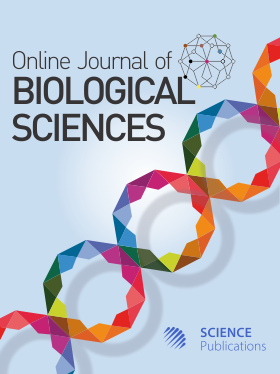A Mother Plant and Somatic Embryo Registry for the Propagation and Conservation of Artificial Seeds of the Orchid Phragmipedium kovachii
- 1 Instituto de Investigación para el Desarrollo Sustentable de Ceja de Selva INDES-CES, Universidad Nacional Toribio Rodríguez de Mendoza de Amazonas, Peru
- 2 Facultad de Ingeniería Zootecnista, Agronegocios y Biotecnología Universidad Nacional Toribio Rodríguez de Mendoza de Amazonas, Peru
Abstract
Phragmipedium kovachii, is an endemic orchid that naturally inhabits the humid zones of the Amazonas region in Peru. Currently, it has been extracted from its natural habitat, listed as critically endangered by CITES, suggesting searching for conservation strategies in vitro and in situ. Therefore, this research established an in vitro protocol to obtain and conserve artificial seed, through four events: (a) in vitro induction of the explant (sexual seeds from the dehiscent capsule), (b) Embryo germination, (c) Embryo development until the presence of plumule, (d) Encapsulation of the embryo in sodium alginate plus calcium chloride and then the conserving them under in vitro conditions. The Optimal morphology, floral formula, and floral diagram of the mother plant were characterized through digital image processing. The variables for the protocol were evaluated using the Kruskal Wallis ANOVA at the seed establishment stage. Treatments T1 (4.33 g DM +20 g sucrose +6 g agar +2 g activated charcoal; all at pH 5.2) and T2 (same conditions as T1 + 20% coconut water) of different culture mediums, were the most efficient in achieving seed germination in 43 days. For the days to plumule stage, T1 is the most efficient with 139 days. For encapsulation, an experimental trial was made using calcium chloride dihydrate (CaCl2-2H2O) at a concentration of 2% w/v and two doses of sodium alginate at 2 and 3% w/v. Both achieved encapsulation of the somatic embryo in the plumule stage at 219 days. All treatments were able to remain encapsulated for 365 days. Importantly, this research is a beginning for the preservation of endangered species with biotechnological techniques in artificial seeds.
DOI: https://doi.org/10.3844/ojbsci.2024.695.707

- 3,773 Views
- 1,644 Downloads
- 0 Citations
Download
Keywords
- Seeds Production
- Embryogenesis
- Phragmipedium peruvianum
